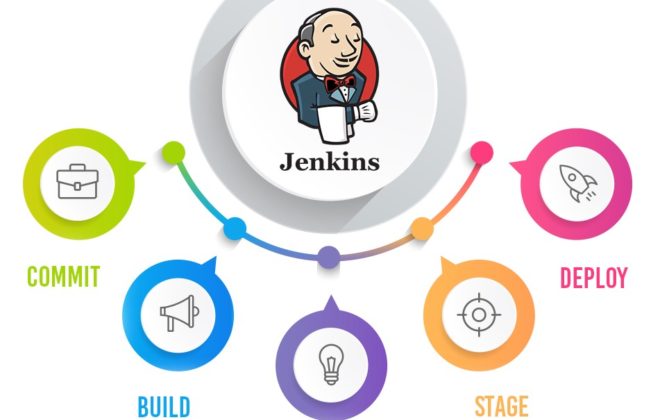TECHNOLOGICAL TRENDS OF WEB DEVELOPMENT IN 2019
Every year digital transformation covers more and more different spheres of life and business. If a business wants to be competitive, ordinary informational sites are no longer good enough. Mobile and web applications are required. They not only provide users with information, but also allow them to perform some functions: to receive or order goods and services, to provide tools.
Let’s provide insight into the technologies and tools that will be in demand in the near future and why they should be paid attention to when creating a modern web application.
Single page application
Single Page Application (SPA) is a web application whose components are loaded once on one page, and the content is loaded whenever necessary. In the process of switching between sections of an application, the page does not reload completely, but only the necessary data is loaded and displayed.
Single-page applications have the winning hand in speed and user-friendliness in classic web applications. With the help of SPA you can achieve the effect of the website functioning as an application on the desktop, without reloading and significant delays.
A few years ago, single-page applications largely did not support search engine optimization and were used primarily to create personal accounts and administration panels. Today it’s much easier to create a one-page application with full support for search engine optimization (SEO). Using single-page server rendering applications today, this problem has completely disappeared. In other words, this is the same one-page application, but upon the first request, the server generates not just data, but creates an HTML page ready for display and search engines receive ready pages with all the meta-information and semantic markup.
Progressive Web Applications
Progressive Web applications are a product of the co-evolution of a native application and website. In fact, it is a web application that looks and works like a real native application. It can receive push notifications, work in offline mode, etc. At the same time, the user does not need to download the application from the AppStore or Google Play, but it is sufficient to rather simply save it to the desktop.
As a technology or an approach to the development of PWA has been making progress since 2015, and more recently it has also gained immense popularity in the e-commerce industry.
There is a piece of advice for those who already have an Internet project or just the idea of a new service with mobile devices support: do not rush to write a full-fledged native application, but rather get a closer look at the PWA technology. Perhaps this will be the best solution in terms of price and quality for your product.
Developing a web application with full PWA support is about 2 times more economical than developing a native mobile application from scratch, not to mention the fact that you don’t have to pay fees for the application to be placed in app stores.
Serverless
This is another modern approach of development. Because of the name, many people think that this is literally serverless development, so there is no need to write back-end code, and any front-end developer can create a full-fledged web application. But this is not the case.
When creating a Serverless application, the server and the database are still required. The main difference of this approach is that the back-end code is presented in the form of cloud functions (another name of serverless is FaaS, or Functions-as-a-Service) and allows an application to scale quickly and easily. When creating such an application, the developer can focus on business tasks and he doesn’t need to think about scaling and tuning the infrastructure, which subsequently speeds up the development of the application and reduces its cost.
Moreover, the Serverless approach will help save on server rent, since it uses exactly as much resources as is needed to complete the task, and if there is no load, then server time is not used at all and it doesn’t require to be paid .
kNative and Serverless enterprise are very good examples of high-potential tools.
Related Posts
Leave a Reply Cancel reply
Service
Categories
- DEVELOPMENT (120)
- DEVOPS (54)
- FRAMEWORKS (43)
- IT (25)
- QA (14)
- SECURITY (15)
- SOFTWARE (13)
- UI/UX (6)
- Uncategorized (8)





